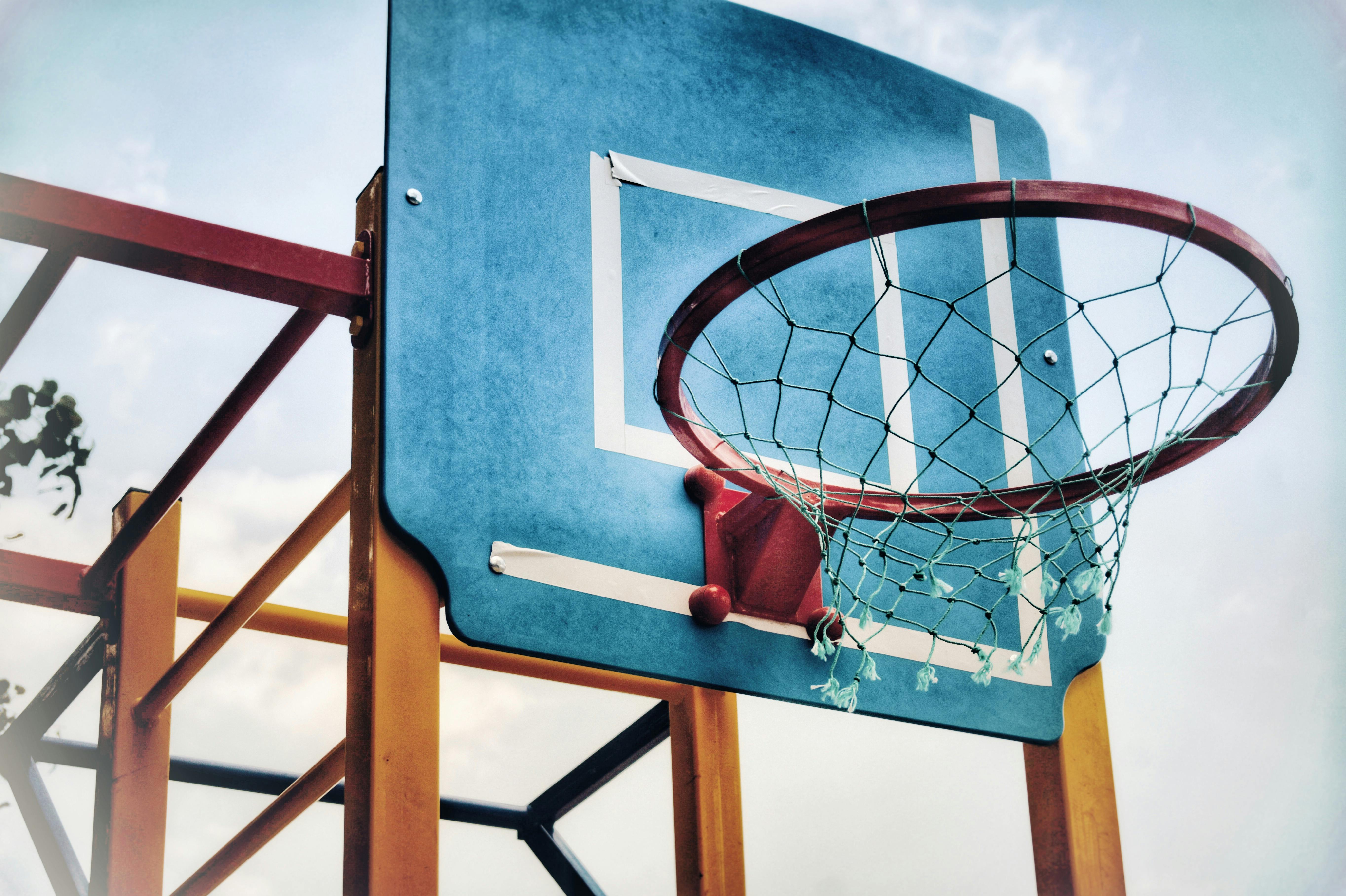What happened to diving as a sport?
I have been diving since 1993 and professionally since 1995. In these years I have seen a change in the diving industry and particularly in the concept of learning to dive. Once upon a time, adventure sports that people enjoyed were skiing, scuba diving, or sailing. They were often considered extreme sports that required experience and training that in some cases would be vigorous. With ‘Sea Hunt’ on television and Jacques Cousteau exploring the deep blue, many baby boomers grew up with the idea that breathing underwater was an adventure and many swore to do it before they died.
With the introduction of other extreme sports, from rappelling to rafting, there was a bit of competition for the adventure dollar. Present the next generation Y or X with the need for instant gratification and the idea of completing a 4-day course to learn to dive only to dive into the water suddenly lost its appeal. You could get more bang for your buck by doing a tandem skydive in a couple of hours, albeit for the same cost of taking a scuba course. This had an effect on the number of people learning to dive. When “JAWS” hit the big screen, the biggest drop in dive certifications. Since then, we have had tsunamis, global warming, 9/11 and any number of other incidents that have reduced acceptance of diving or declining certifications around the world.
Let’s see what happened to the PADI Learn to dive course where the beginner usually starts.
In the 80’s, the course to learn to dive in Sydney, Australia, cost around AUD $ 495 for 4 days + the cost of the equipment you needed to get started. The program would have you spend a day in the classroom and sometimes additional nights, a day in the pool and 2 days in the ocean to complete 4 dives.
After a while, the dive centers began to condense the course to a shorter period. In 1996, I had my first scheduled 3-day theory course: Thursday night theory, Saturday in the pool for skills, a little more theory on Saturday afternoon followed by 2 days of ocean dives. Did this help with certifications? Well yes it did, but in an effort to increase the value we would take clients on a dive trip for the last 2 dives followed by 2 fun dives from a boat. However, even though the schedule was now longer than 4 days, it added more value to the customer in the eyes of the dive operator. But certifications for out-of-town weekends still fell, as people didn’t want to spend two weekends diving or spend a weekend in a bunkhouse. In 2001, the option of completing the Sydney diving course without the weekend was standard.
Now, if you don’t offer something different, how do you distinguish yourself from your competition? Good advertising and price. So this starts the price drop on learn to dive courses, leading to dive courses selling for $ 199 and $ 149 or bring a friend and get 2 for the price of one. This led to top players, such as Pro Dive, submitting more certifications, but not making money on the course, and having to use equipment sales and dive trips to maintain profits. A spiraling price war followed, starving the smallest players. As a result, the ability to retain clients was lost due to the focus on the Learn to Dive course.
In 2006, with the introduction of the PADI DVD, prescriptive teaching gave the option of taking a course at a competitive price on a schedule that would suit more people. The 2-day course to learn to dive was born. This program has proven to be a success for both the client and the dive operator. It requires more administration and a strict booking policy, but with the bugs fixed, this program has improved certifications from scuba training courses to continuing education courses. It has a competitive advantage for the dive operator that meets all the necessary requirements.
Last year 2007, Pro Dive Drummoyne saw significant increases in certifications and has gone against the trend in the dive industry by being one of the only dive centers in Sydney to do so. This has been possible thanks to the fine tuning of PADI tools and the installation of a system that leads to a safe, fun and timely certification course. As the first dive operator to offer the program, I am now convinced that this is the way to go to compete with adventure sports and the changing nature of the client where time is money.
